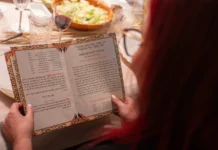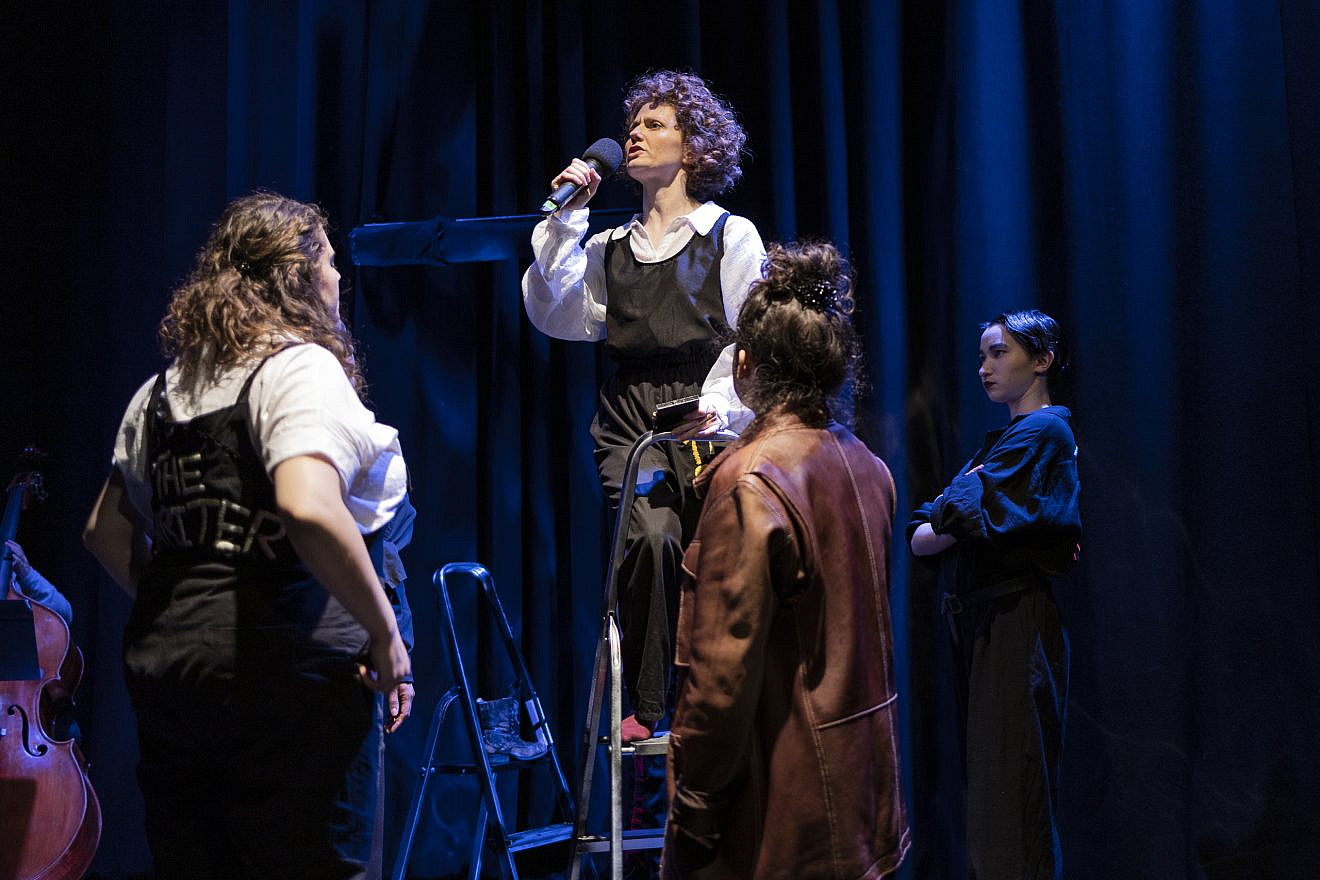One of Stephanie Martin’s favorite parts of the musical “Fury and Elysium,” whose script she penned, is when the lover of a Socialist activist character named Rosa Luxemburg tells her that she is “too much.”
“She simply answers ‘Yes,’” Martin told JNS. “It’s rare to see such an unapologetic but sympathetic character.” Luxemburg displays the “indomitable spirit of a woman dedicated to fighting for her idea of justice,” according to Martin.
On view through June 18 at The Other Palace in Westminster, London, the musical is also very Jewish, set in Berlin in the 1920s and 1930s. It uses personal stories to explore wider political turmoil, radical change and an explosion of creativity leading up to the horrors of the Nazi regime.
The episodic play centers on six women, three of which are based on actual women who were Jewish, Martin told JNS. The six “made their mark during this tumultuous era, and the production sheds light on their lives, struggles and enduring legacies,” she said.
The “emotional climax of the production” lies in Gabriele Tergit—a writer, political journalist and “underrated” feminist icon—Martin told JNS. It was rare in the 1920s for a woman to have such unyielding independence as a mother and in her career, she said.
“There is a street named after her in Berlin, but she’s still a massively underappreciated character in women’s history who deserves better recognition,” Tanya Truman, co-producer of the play, told JNS.
“As both a mother and an anti-fascist Jewish writer, she is between two worlds and serves as the emotional heart of the piece, bringing forth a culmination of power and vulnerability that we hope will leave a lasting impact with our audiences,” said Truman.
“I’m sure her balancing of work and home is something many modern women will still empathize with,” she added.
Three of the musical’s protagonists are not Jewish. One is Anita Berber, a “wild and notorious” singer-dancer and all-around party girl on the 1920s scene, who Truman is “sure would have been plastered over the tabloid papers for her antics if she had been famous today.”
“This production also breaks the mold by presenting women of various ages, occupations and temperaments,” Truman said. “From the youthful vibes offered by Berber to the more mature and maternal energy of some of the others, the characters each bring something unique.”
Martin told JNS that a special effort was made in casting to “showcase different types of beauty, bodies and power, and challenge traditional stereotypes.”
“We aim to celebrate authenticity by showcasing attractive, unapologetic and intelligent women, who defy conventional categories both of their own historic era and today’s theater landscape,” she added.
‘Some very difficult and dark places’
The musical’s structure takes a page from German playwright Bertolt Brecht when it uses a disconnected montage of scenes, rather than a chronological, singular tale.
“We also have ensemble scenes to try and allow things to flow naturally. Our opener is a poignant look into 1918 Berlin, with anonymous children playing in the rubble of the recently war-torn city,” Truman said. “While we focus on personal stories, we wanted the narrative to very much be grounded in a wider historic setting.”
Somewhat unusual for a play with Jewish characters in such a tense historical setting, the musical strikes something of an optimistic note. “Of course, this production explores some very difficult and dark places as fascism takes hold,” Truman said.
One of the play’s final scenes finds Tergit about to leave Germany in 1933 after the Nazis stormed her home.
“We hear her writing a letter to her husband and children about beginning her journey as a refugee, which they would soon join her in, and her belief that she and her family would survive and continue,” Truman told JNS.
That turned out to be the case for Tergit. “Tragically, so many others did not,” said Truman, “but we are here to tell all of their incredible, courageous stories even so.”

























